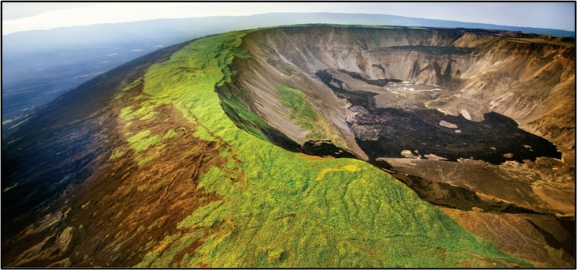 HKU Department of Earth Science
HKU Department of Earth Science
Seminar

Measuring large and complex deformation by using Optical Flow, Offset Tracking and InSAR methods: a case study of the Sierra Negra Volcano Eruption (2018)
-
Date
May 24,2022
-
Time
3:30PM - 4:00PM
-
Venue
Zoom only
-
Speaker
Mr. Mohammadhossein Mohammadnia Department of Earth Sciences, HKU
Measurement of surface deformation caused by volcanic activity can provide an excellent insight into the magma plumbing system and eruption mechanisms. Monitoring volcanoes using geodetic observations can reveal substantial aspects of characteristic magma chambers and magma migration. The leading idea of this work is to retrieve the displacement of the Sierra Negra volcano and its vicinity surface displacement using both pixel tracking and Interferometric Synthetic Aperture Radar (InSAR) techniques. The amplitude and phase forms of sentinel-1 satellites are used in this study. The InSAR technique shows its merits when applied to slow-moving areas, while offset tracking is more suitable for fast-moving areas.
Results show considerable displacement inside the caldera and north-west flank of the volcano caused by magma migration as well as short interval time of Sentinel-1 data enables us to calculate displacement after the eruption by offset tracking method. Then, we compare the results of offset tracking with the Global navigation satellite system (GNSS), seismic data, and optical flow method. By doing so, we can estimate short-term magma migration after the beginning of eruption accurately.
Additional information: Mr. Mohammadhossein Mohammadnia
